
Addiction
Brush with the Law: An Arts in Prison Program
From personal tragedy rises an innovative Prison Arts program
Posted January 27, 2015
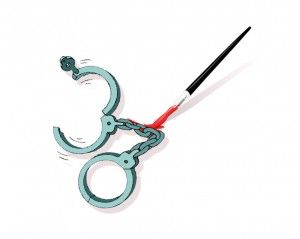
The following guest blogger, artist Maria Maneos, BFA, MFA, came to my attention a little over a year ago when she contacted me about an amazing project she had recently developed—an arts program for prison inmates. An impressive and innovative artist in her own right, it was clear from our conversations and emails that she truly understood the value of art in promoting self-expression and self-discovery for those who have been marginalized. While she understands that she herself is not an art therapist, she recognizes the powerfully therapeutic benefits art offers. In 2013, she developed the fiscally sponsored, non-profit program Brush with the Law (see her website here) to offer services to address what she saw as an “unmet need within the prison system,” and did so for very personal reasons...
Brush With the Law—An Arts in Prison Program
By Maria Maneos
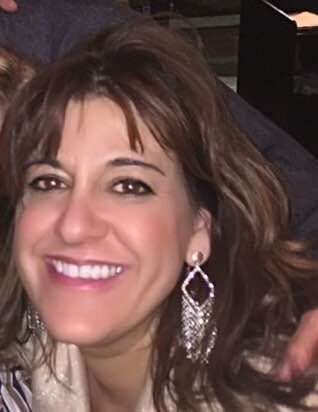
"It is a great gift when your child actually leads you to discover the purpose of your life, no matter how heartbreaking the road to it may be." Maria Maneos
I developed Brush With the Law after my son was imprisoned for drug addiction related criminal activity(ies).
His addiction to heroin and his eventual placement in the local County Correctional Facility is where I discovered first hand that no rehabilitation was in place for county jail inmates for either education or introspection—only idle time doing nothing. As an artist who is always looking for opportunities to help society see a problem that needs addressing and promote change, the vision became clear that even in a small way my art education arts could help.
Brush With the Law specifically addresses the need for prison rehabilitative programs and to assist and promote the prisoners’ reentry back into community.
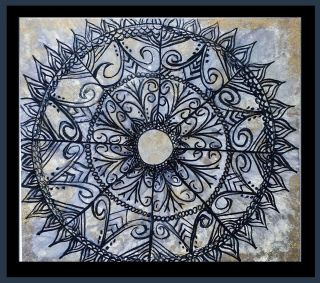
Brush With the Law utilizes art as a catalyst to help inmates reclaim their sense of humanity, connect with the outside world, and express themselves, especially to those they love.
There is a huge gap between the dominant public perception of prisoners as lacking in value and their humanity and productivity. Prisoners are individuals who dream and envision brighter futures and are cherished loved ones to families on the outside.
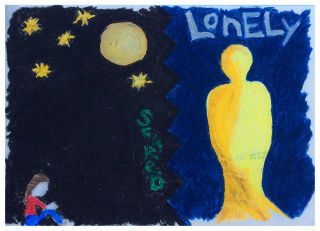
Research has shown that people who are involved in prison art programs are much more successful at reentry and have lower rates of recidivism. [Please see previous posts in this blog] Unfortunately, the de-emphasis on rehabilitation in combination with the rise of American mass incarceration has contributed to the ‘revolving door’ syndrome that keeps our jails and prisons bursting at the seams. The number of inmates receiving drug treatment, job training, arts and other educational programs has steadily declined under the now dominant penal paradigm of literal ‘incapacitation’. The probability for a successful reintegration back into society would be greatly improved if inmates could acquire skills and knowledge through specialized training programs, as well as treatment for their addictions while incarcerated. That’s what Brush with the Law hoped to accomplish.
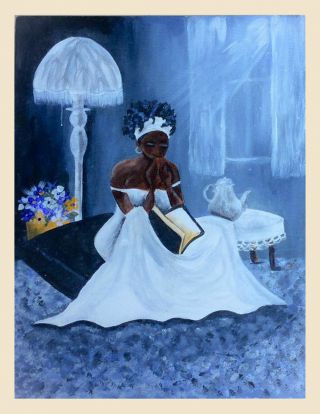
I approached the warden of the local County Correctional Facility and suggested developing an art program; he was more than pleased to have such a program be a starting point for much needed rehabilitation.
I have mainly worked with the female population of P Pod in the County Correctional Facility; the warden, a heart-felt and straight-forward man, suggested that this program begin with the women as there was recently an incident within the female prisoner population that seriously affected morale and camaraderie.
The female inmates are from all spectrums of society—from the highest echelon of wealthy suburban soccer moms, to addicts of all ages, to prostitutes turning tricks to fuel their addiction. Many were proof that it takes only one wrong turn or one wrong action to find yourself imprisoned.
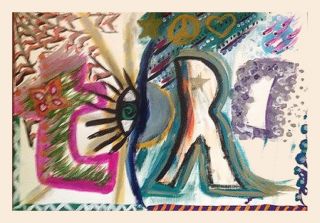
There have been many enriching experiences; the following is just one: One of the art groups were set to paint a mural inside the prison’s visitation room. For one month every Friday the class would meet inside the room for 5 hours to design and complete the mural together.
It depicts men and women of all races, sizes, ages, and personalities skipping around a maypole together. To the right of the maypole dance is a couple helping up a youth from a fall. There are three separate sentences to help tell the story -"Don't Look Down on Someone" "Unless You Are Helping Them Up" "We All Fall Down".
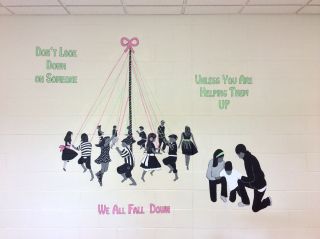
As we painted there was a lot of time spent talking and asking each other questions. I started to notice one inmate in particular—I’ll call her Tasha. Tasha was struggling to finish an image of one boy. She spent a lot of time making sure everything about this boy was just the way she envisioned him in her mind. Before the mural’s completion, Tasha was to be released ; she wouldn't be able to finish it. She came to me and said, "I need you to make sure this boy is finished right, he has to be just so".
"Okay of course I will take care of it. But why is he so important to you?"
"Because he is my son."
Tasha wrote me a letter before she left expressing her gratitude for being a part of this program and for allowing her voice to be heard. She expressed herself--about her hopes of making a better future for herself and her family--with dignity and hope.
Brush With the Law has received many accolades and has a waiting list of inmates that want to take part. This program has been effective in bringing about healthy change in those inmates who participate.
Check out her website here and Like her Facebook page here...

